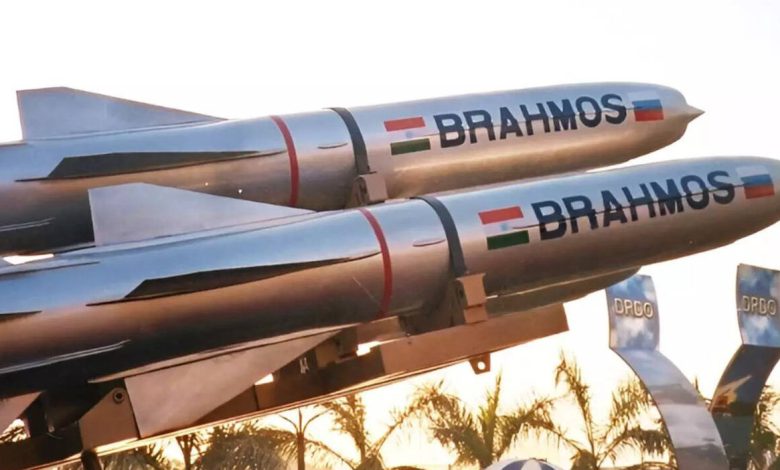India’s Clever Deception: How Dummy Jets Fooled Pakistan In Operation Sindoor

New Delhi: In a display of military strategy that combined precision strikes with battlefield deception, the Indian Air Force (IAF) employed unmanned aircraft disguised as fighter jets to outsmart Pakistan’s air defence during Operation Sindoor, India’s powerful response to the April 22 Pahalgam terror attack.
Sources revealed that the IAF’s unconventional use of dummy aircraft played a decisive role in neutralising Pakistan’s Chinese-supplied HQ-9 air defence systems. This move marked a tactical first for India and showcased a new dimension in modern air warfare.
Before initiating missile strikes on the night of May 9–10, Indian forces launched a wave of unmanned target aircraft, vehicles typically used for training exercises, camouflaged to appear as combat-ready jets. These decoys were programmed to fly in formation patterns mimicking a real IAF offensive, tricking Pakistani radar systems into perceiving a full-scale assault.
Caught off guard, the Pakistan Air Force (PAF) scrambled its HQ-9 missile systems and radar units to intercept the supposed threat. But in doing so, it inadvertently exposed their locations and operating frequencies, providing India’s real strike units with critical targeting data.
Moments after the decoys triggered Pakistan’s defences, India launched its main offensive. Precision-guided munitions including BrahMos, Scalp, Rampage, and Crystal Maze missiles rained down on 11 of Pakistan’s 12 key air bases. The operation disabled key infrastructure such as runways, hangars, and communication hubs.
Notably, a Pakistani airborne early warning aircraft and several long-range drones stationed in Sindh were reportedly damaged. Defence sources indicated this was the first known combat use of the BrahMos missile, underlining the scale and seriousness of the Indian offensive.
The decoy operation not only crippled Pakistan’s air defence response but also inflicted a psychological setback. The sudden exposure and loss of HQ-9 systems, purchased at significant cost from China, forced Pakistani military planners to reassess their posture. Reports suggest that following the intense strikes, Islamabad urgently sought Director General of Military Operations (DGMO) talks to negotiate a pause in hostilities.




